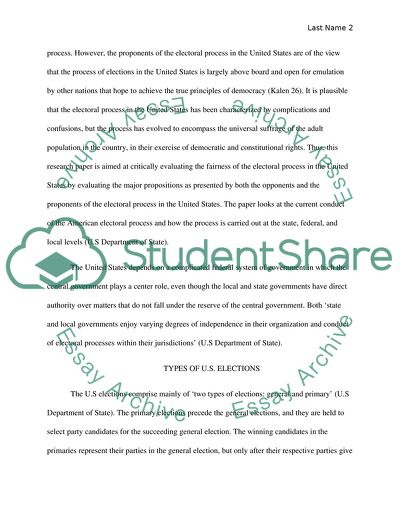Cite this document
(The Strengths and Weaknesses of the Electoral Process Term Paper, n.d.)
The Strengths and Weaknesses of the Electoral Process Term Paper. https://studentshare.org/politics/1835294-is-american-election-a-fair-process
The Strengths and Weaknesses of the Electoral Process Term Paper. https://studentshare.org/politics/1835294-is-american-election-a-fair-process
(The Strengths and Weaknesses of the Electoral Process Term Paper)
The Strengths and Weaknesses of the Electoral Process Term Paper. https://studentshare.org/politics/1835294-is-american-election-a-fair-process.
The Strengths and Weaknesses of the Electoral Process Term Paper. https://studentshare.org/politics/1835294-is-american-election-a-fair-process.
“The Strengths and Weaknesses of the Electoral Process Term Paper”. https://studentshare.org/politics/1835294-is-american-election-a-fair-process.


